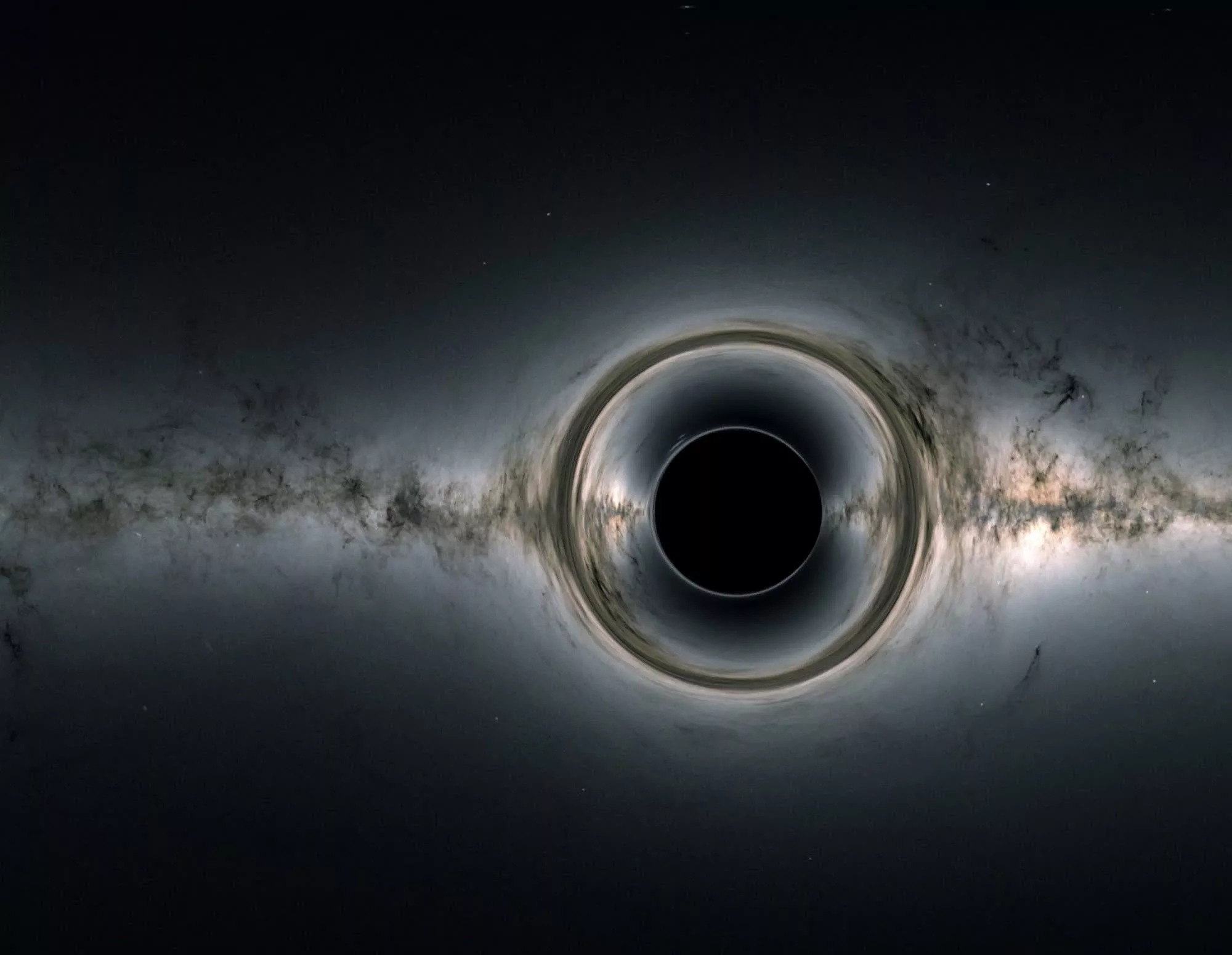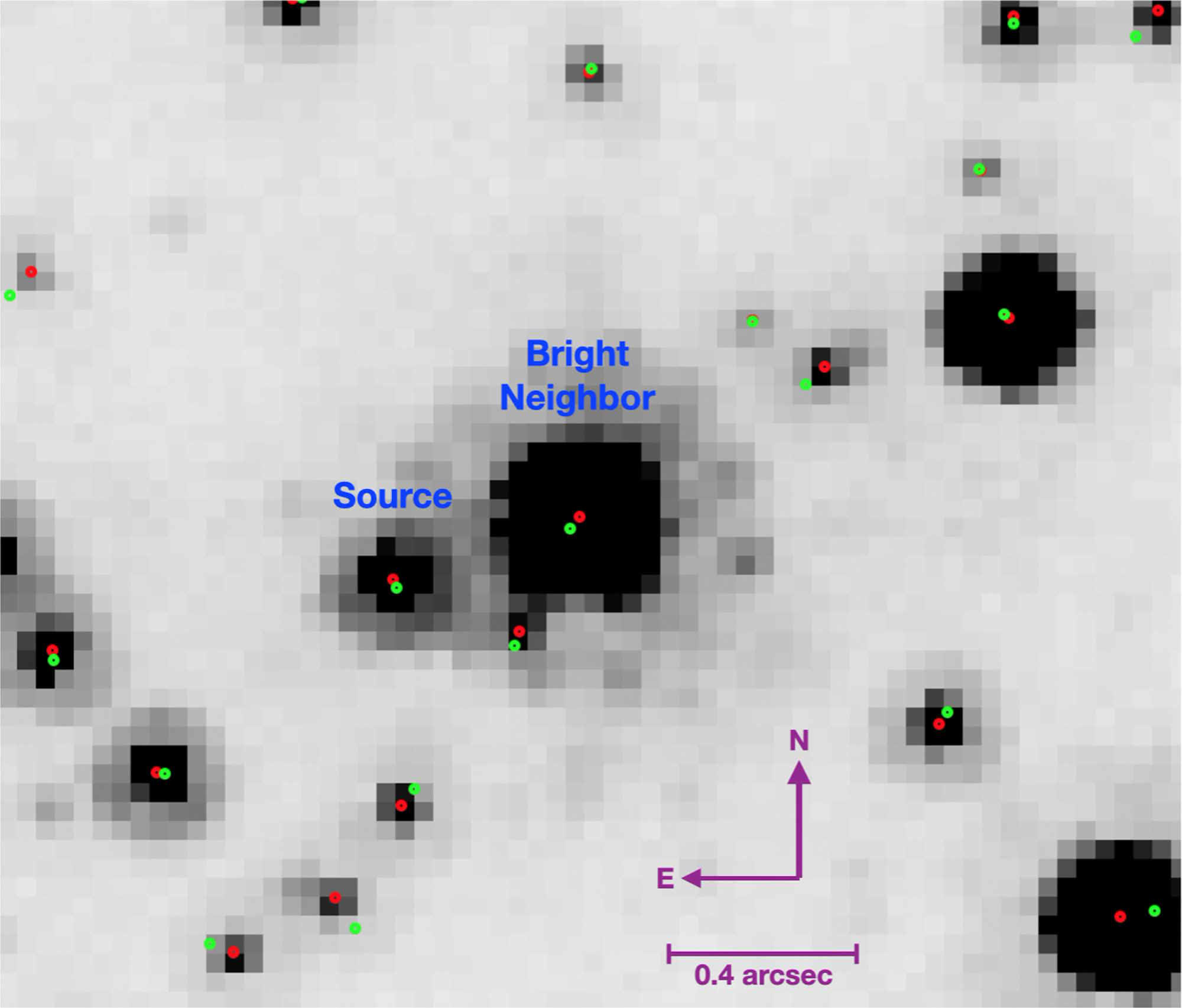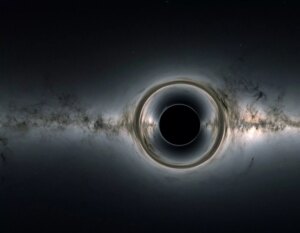Invisible Dark: Although lone black holes traveling through the Milky Way should be a frequent phenomenon, they are incredibly difficult to detect. Recent research has confirmed the existence of the first-ever solitary black hole, and it’s located relatively close to us.
A team of astronomers from the United States, led by Kailash Sahu, has finally identified the first isolated stellar-mass black hole moving through space alone. Initially discovered in 2022 within the Sagittarius constellation, their claim faced skepticism from another research team. However, both groups have now reached a consensus: this dark entity in the expanse of the universe is indeed a black hole.
Typically, supermassive black holes can be found at the centers of large galaxies, like the well-known Sagittarius A* in the Milky Way. There have also been discussions about potential “wandering” supermassive black holes that have been expelled from their original locations and are now traversing space as candidates.
The black hole detailed in the recently published study was found through precise observations of stars made using the Hubble Space Telescope. The initial discovery was based on Hubble data recorded from 2011 to 2017, while the most recent findings are derived from additional measurements taken between 2021 and 2022. Observations from the orbiting Gaia telescope were also considered.
The wandering black hole was identified due to its gravitational influence on nearby stars. Though it has no “companion” star, it became noticeable when it passed in front of a faint background star. This interaction created a “gravitational lens” effect, which magnified the star’s light and altered its apparent position in space. The black hole had its closest approach to the star in 2011, but the star’s position continues to change even now.
“It takes a long time to do the observations,” Sahu noted, adding that “having a longer observation period and more data enhances the accuracy.” The latest findings suggest that the wandering black hole has about seven times the mass of our Sun. Following these new observations, the second research team adjusted their initial hypothesis that the dark object might be a neutron star. They now estimate the object’s mass to be approximately six times that of the Sun, aligning with Sahu’s team’s new research.
The first ever discovered wandering black hole is currently located 5,000 light-years away from Earth, making it significantly closer than Sagittarius A* (which is 27,000 light-years distant). The forthcoming Nancy Grace Roman Space Telescope, expected to launch in 2027, could lead to the discovery of more solitary black holes—provided that the current US administration does not cut funding for space exploration initiatives and NASA.




